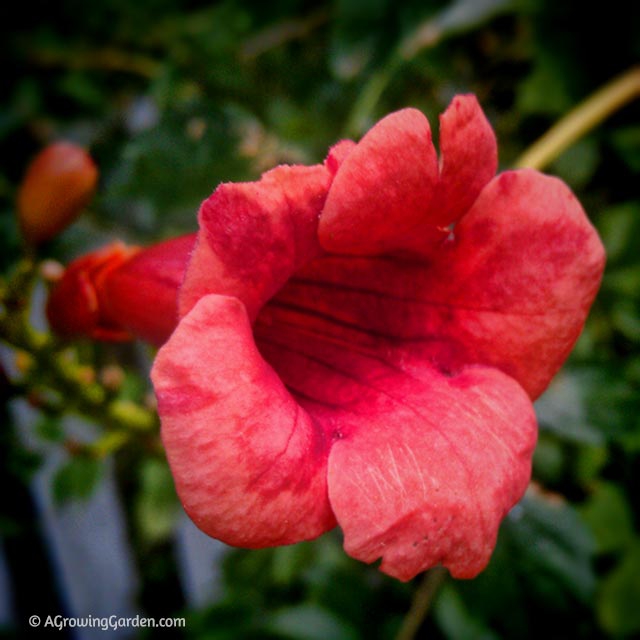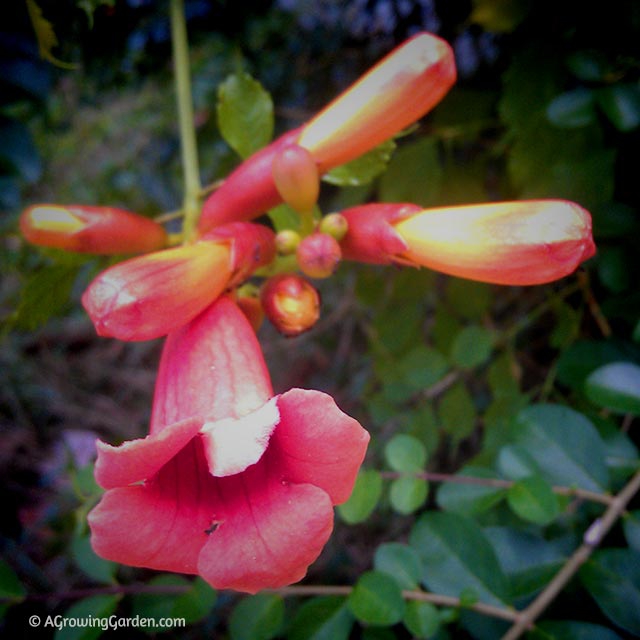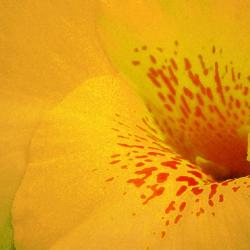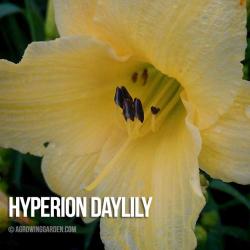
When we bought our property here, we were excited that it had a little bit of everything we wanted: it had waterfront, it had some marshland, it had fields, and it had some woods too.
The wooded area, however, had been really neglected for what looked like a very long, long time and we spent pretty much our entire first summer working to clear out the weeds and overgrowth in that area. There were vines that were as thick as a man's upper arm (we had to use a chainsaw to cut them!) ... and the biggest problem vine there was Hummingbird Vine.
It was happy and it was everywhere.
E-V-E-R-Y-W-H-E-R-E.
Did I mention it was everywhere?
After that first summer, we were able to get rid of most of the hummingbird vine, but we did leave some of it, since it has really pretty red flowers and blooms (and grows) prolifically. I don't recall ever seeing a hummingbird drinking from our vines, but hummingbirds are supposed to be highly attracted to it's long, trumpet like flowers.

Growing Hummingbird Vine (Campsis radicans)
Hummingbird Vine (or Trumpet Vine, Trumpet Creeper, or Cow Itch Vine) is one of the most hardy (and aggressive) vines around. You can neglect it and it will keep growing, and growing, and growing, and .... well, you get the idea. It can grow up to 30 or 35 feet in length!
One of the good things about Hummingbird Vine is that it flowers after most other vines have finished for the season. Here in Virginia, it will flower from late July through the fall. So, it's great for late season color and interest. And, because it grows so quickly, it is really good for covering trellises, poles, and any ugly surface you'd like to hide. It will grow up just about anything!
Hummingbird Vine likes full sun and will grow and flower best with 6 or more hours of sunlight per day.
It comes in lots of different colors, although redish-orange seems to be most prevalent. Once established, Hummingbird Vine doesn't really need any maintenance except for pruning. It tends to produce (A LOT OF!) seed pods, so you need to deadhead it if you don't want little vines sprouting up all over. It's a good idea NOT to fertilize it.
Hummingbird Vine can be propagated by seed, cuttings, or by it's suckers and the shoots it sends up. I can't think of any easier plant to propagate! As a matter of fact, you'll probably find it propagating itself for you.
E-V-E-R-Y-W-H-E-R-E.
To say that hummingbird vine is invasive is an understatement. It does have it's merits though and I think is worth planting. However, you need to be prepared to keep it in check, or you'll probably be sorry!













Join the Conversation!